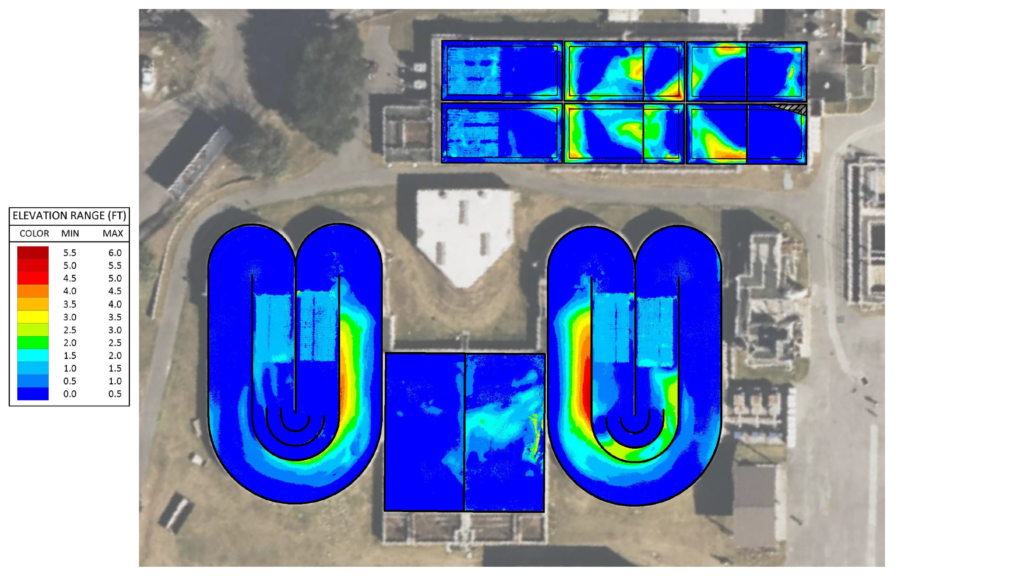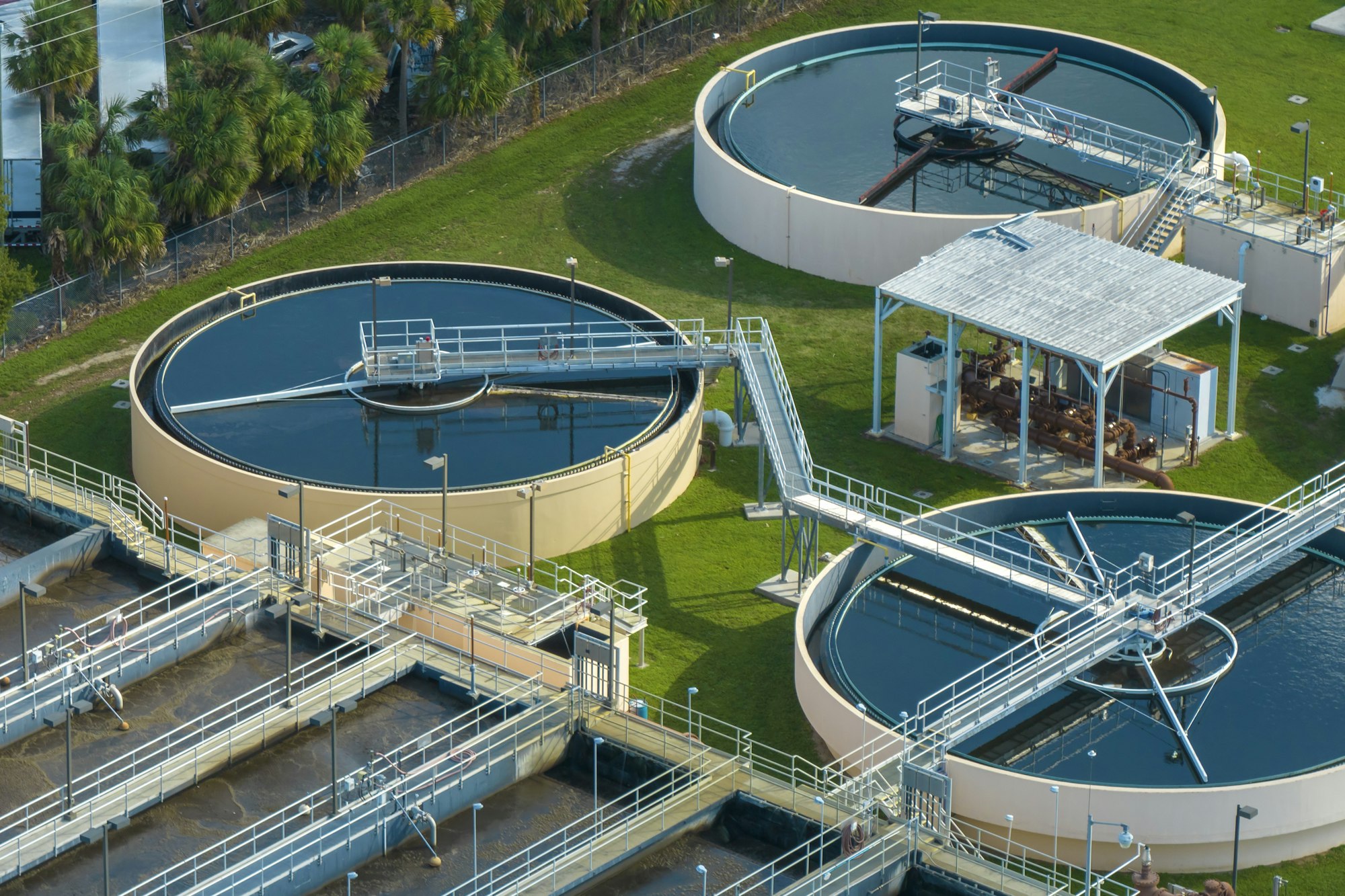Wastewater Visibility News
Monitoring Loss of Capacity in Biological Nutrient Removal (BNR) Tanks: The Heart ❤️of Wastewater
In wastewater treatment, Biological Nutrient Removal (BNR) tanks are the beating heart of the treatment process.
Biological Nutrient Removal (BNR) significantly reduces pollutants through the delicate balance of fostering a positive environment where microorganisms can flourish, thereby breaking down the solids, and ensuring nitrogen and phosphorus are removed from the water.
The key to a functioning BNR tank is capacity. Just as your arteries are sized to allow your heart to pump sufficient blood through your body, your BNR tanks are carefully sized to ensure sufficient detention time for pollutants to be removed.
But what happens when sediment, grit, sand, and debris begin to build up in your BNR tanks over time?
In your arteries, plaque can build up, causing your heart to pump harder to overcome the reduced arterial capacity. Similarly, wastewater plant equipment, such as blowers for aeration tanks, must ramp up speeds to overcome the layers of debris on the bottom of the tanks.
Loss of Capacity in BNR Tanks
The signs and symptoms of lost capacity can be difficult to see, as wastewater tanks do not have visibility, and effluent quality at the point of discharge may continue to meet permit requirements due to automation keeping pace to overcome the reduced capacity. However, over time, if not addressed, grit accumulation will build to a point where the systems cannot keep pace. Ultimately, effluent quality will begin to suffer. When this happens, your wastewater plant will experience its own version of a catastrophic “heart attack.”
Until the invention of sophisticated diagnostic tools such as the electrocardiogram and magnetic resonance imaging (MRI), detecting serious heart issues was often challenging.

Symptoms such as elevated blood pressure or a rapid pulse may provide warning signals, but they do not afford a visual of the heart, nor do they provide detailed information on how the heart is functioning.
Similarly, for years, wastewater operators have used rudimentary tools, including probes or divers, in attempts to estimate capacity loss from grit and debris accumulation. These methods provide little certainty of information regarding the operating condition of BNR tanks.
SediVision Technology: a Game Changer
With the introduction of SediVision® to the wastewater industry, a full visibility image of your wastewater tank is now possible. SediVision® technology can scan your full tanks and tell you precisely how much grit and debris has accumulated, and where it is located. Wastewater operators can then use this information to diagnose issues with treatment processes, as well as plan, schedule, and budget for tanks to be cleaned.
While the technology behind SediVision and cardiac magnetic resonance imaging are not the same, both processes deliver detailed images and informed data. Through transformative technology, SediVision® enables utilities operators to focus on what is important and eliminate guesswork.
Routine and preventative screenings are always better than waiting for a bad diagnosis. Don’t let unknown grit and debris accumulation in your BNR tanks keep you up at night. Keep your tanks in good health with regular “checkups,” and sleep well.

Ormond Beach, Florida, Image: Google Earth

Author Notes
Megan Ross, PE, ENV SP, Vice President, SediVision, LLC
Tags:
More Recent Posts

105.668 Gallons of Wastewater to be Reused Daily in the Manufacture of Semiconductors

First-Ever National Drinking Water Standard to Protect 100M People from PFAS Pollution

Are Your Wastewater Tanks Consuming Excess Energy Due to Sand and Grit? Emerging Technology Can Help You Find Out

Happy Easter
Subscribe
Get news delivered straight to your inbox the day it gets published."*" indicates required fields
